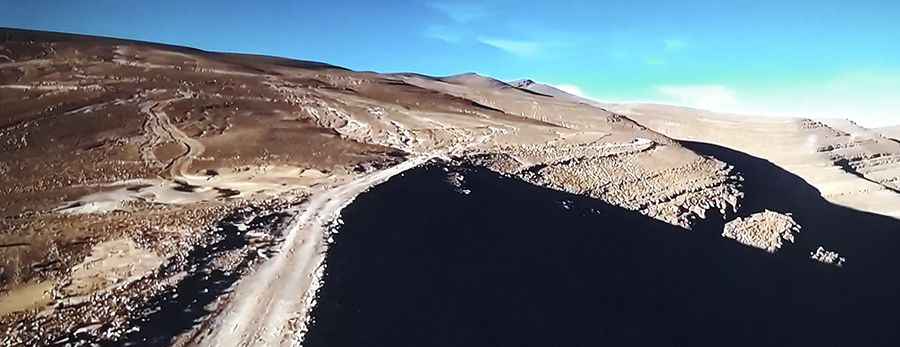R704: Conquering Morocco's Toughest Road in the High Atlas
Located in the heart of the High Atlas Mountains of Morocco, the R704 is undoubtedly one of the most challenging and dangerous roads in the world. This winding high mountain road tops out at 2,910 meters (9,547 feet) above sea level. It’s mostly a dirt road paired with sweeping, slippery, and hard gravel that demands pure concentration.

Where is the R704 road located?
The road is situated in the Tinghir Province of the Drâa-Tafilalet region, in the eastern part of the country.
How long is the R704 road?
The road is 77.05 kilometers (48 miles) long, running south to north from Boumalne Dades to Agoudal. The drive runs through the infamous Gorges du Dadès at the beginning. Beyond this point, a 4x4 vehicle is totally required as the drive will lead you into trouble.
Is the R704 road paved?
The road offers a bit of everything. The first 70 kilometers or so are asphalt, and then the next 50 kilometers to Agoudal is a piste (rough track). This route on a lunar landscape is a classic one for 4WD in the area and, although an important part has been paved, almost 50 kilometers of very difficult track remains. It’s mostly a dirt road paired with sweeping, slippery, and hard gravel that demands pure concentration.
Is R704 a mountain road?
It's one of the highest roads of the country. It’s a high mountain road running entirely above 1,600 meters. The road is not plowed in winters and climbs up some mountain passes: Tizi n’Bou Oudi (2.794m-9,166ft) above the sea level; Tizi-n'Ouano (2.910m-9,547ft) and Jebel Ouamenzri (2.583m-8,474ft).
Is the R704 road worth the drive?
Driving Morocco’s most famous zigzag road is not for the weak at heart. The road winds up the mountain, offering stunning views of the gorge and historic kasbahs, as well as beautiful desert landscapes and palm groves. The Dades Valley has a wild landscape, with snow on one side and semi-desert on the other. At the summit of the mountains, you can see some communication towers. The ride is rather remote. It’s a world apart.
How challenging is the R704 road?
Make no mistake, this road does not allow for forgiveness. You will be driving just inches from each side of the mountain, often at times when there’s no barrier to keep you on the road should anything go wrong. There is a potentially dangerous large puddle of sticky clay, which may cause trouble if you tackle it carelessly. After periods of rain, the track can be in very bad condition. Much of this is a single track with sheer drops across long sections. Meeting oncoming traffic is your worst nightmare on these sections. The route is a long series of single-track, unbarriered, off-road hairpins.
When is the best time to drive the R704 road?
The best time to visit the lower valleys is from March to May, and the mountains are best from May to July.